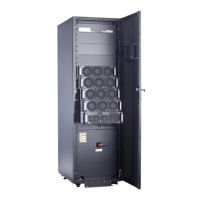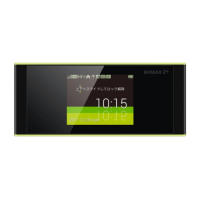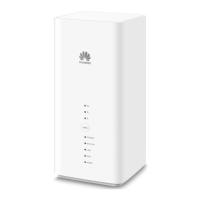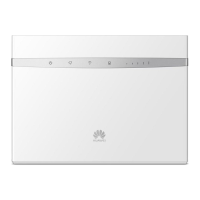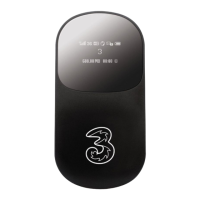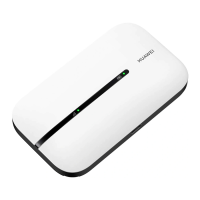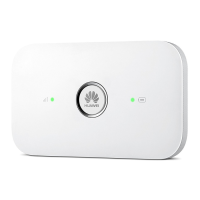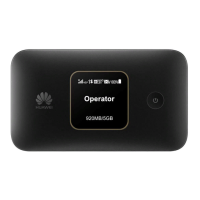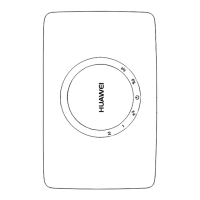FusionModule5000 Smart Modular Data Center
Maintenance Guide (ECC800)
Huawei Proprietary and Confidential
Copyright © Huawei Technologies Co., Ltd.
mode and does not transfer
to inverter mode.
The bypass transfer times
reach the upper threshold.
Clear the bypass transfer
times on the LCD.
The buzzer buzzes, and the
Fault indicator is on.
The bypass thyristor is
damaged.
Replace the bypass module.
The bypass module
experiences
overtemperature.
Reduce load or improve
ventilation.
After being powered on, the
ATS automatically switches
from ON to OFF or
switches between ON and
OFF repeatedly.
The input three-phase
sequence is incorrect.
Power off the ATS and
check the phase sequence.
4.2 Troubleshooting the Cooling System
Table 4-2 describes the common faults of the NetCol5000-C and handling methods.
Table 4-2 Common faults of the NetCol5000-C and handling methods
The fan does not
rotate after the
NetCol5000-C
starts.
1. The power supply
module of the fan is
faulty or abnormal
(including the fuse of the
power supply module is
blown.)
2. The fan fuse is blown.
3. Cables to the fan are
faulty.
1. Ensure that the power supply
module of the fan is inserted to the
subrack. If the fault persists,
replace the power supply module
(or replace the fuse).
2. Replace the fan fuse.
3. Check whether the cables to the
fan short-circuit or are
disconnected.
The fan generates
loud noises.
1. The air filter is blocked.
2. Dirt exists at the fan air
exhaust vent.
3. The fan is not securely
installed.
4. The fan is faulty.
1. Clean the air filter.
2. Clear the fan air exhaust vent.
3. Fasten the fan screws.
4. Replace the fan. For details, see
5.2.5 Replacing a Fan.
Drainage capacity
of the
NetCol5000-C
decreases.
1. The drainpipe is bent by
a large angle or trap
exists.
2. The drainage system is
faulty. (The water pump,
floats, or drainpipes are
faulty.)
Check that self-drainpipes are not bent
by a large angle and traps do not exist.
Ensure that the height difference for
drainage is enough.
Check the water drainage system:
1. Check that the floats are working
properly.
2. Check whether fuses on circuits C
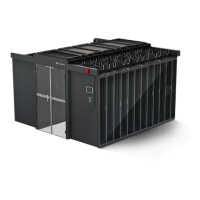
